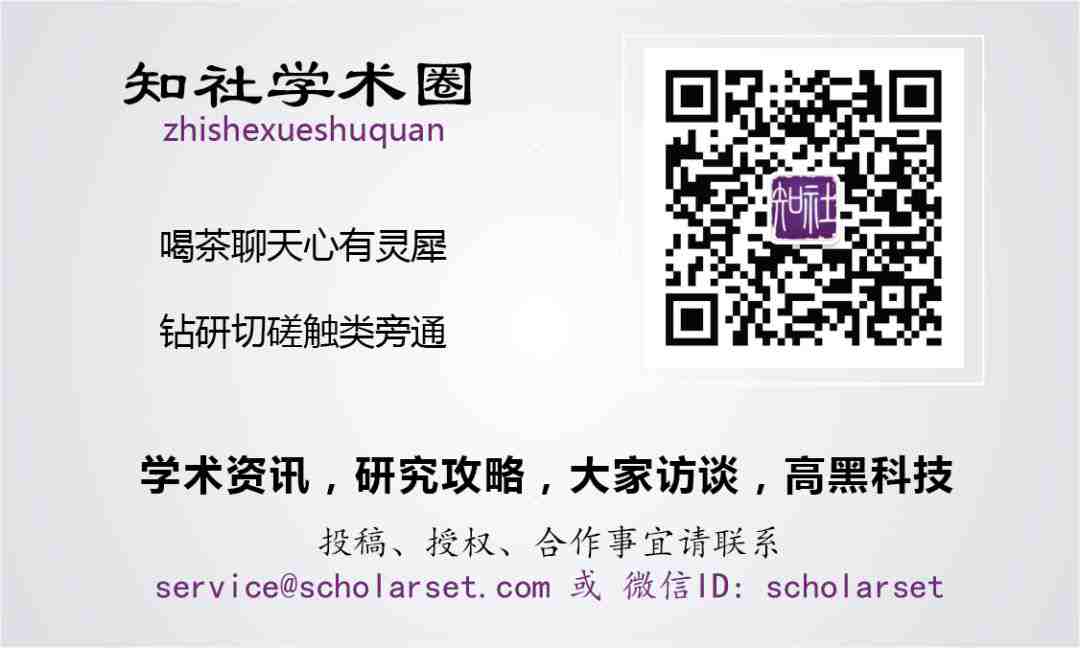npj:超导转变温度——机器学习作预测

海归学者发起的公益学术平台
分享信息,整合资源
交流学术,偶尔风月

针对这一问题,一个由马里兰大学帕克校区Valentin Stanev教授领导、杜克大学及美国国家标准局研究人员参与的研究团队开发了几种机器学习方案,对超过12,000种已知超导体和候选材料的超导转变温度(Tc)进行建模。他们首先基于化学组分训练了一个分类模型,以Tc是高于还是低于10 K为标准对已知的超导体进行分类,得到了较为准确的结果。继而开发了回归模型来预测铜基、铁基和低转变温度化合物等各种材料的Tc 值,同样取得了较好结果,同时学习中建立的预测因子可以为揭示不同材料体系中的超导机理提供线索。利用AFLOW在线存储库(Online Repositories)中的材料数据,他们进一步提高了这些模型的准确性。最后,他们将分类和回归模型组合成一个集成管道,应用其搜索了整个无机晶体结构数据库并预测出30多种新的潜在超导体。
该文近期发表于npj Computational Materials, 4: 29 (2018),英文标题与摘要如下,点击左下角“阅读原文”可以自由获取论文PDF。

Machine learning modeling of superconducting critical temperature
Valentin Stanev, Corey Oses, A. Gilad Kusne, Efrain Rodriguez, Johnpierre Paglione, Stefano Curtarolo & Ichiro Takeuchi
Superconductivity has been the focus of enormous research effort since its discovery more than a century ago. Yet, some features of this unique phenomenon remain poorly understood; prime among these is the connection between superconductivity and chemical/structural properties of materials. To bridge the gap, several machine learning schemes are developed herein to model the critical temperatures (Tc) of the 12,000+ known superconductors available via the SuperCon database. Materials are first divided into two classes based on their Tc values, above and below 10 K, and a classification model predicting this label is trained. The model uses coarse-grained features based only on the chemical compositions. It shows strong predictive power, with out-of-sample accuracy of about 92%. Separate regression models are developed to predict the values of Tc for cuprate, iron-based, and low-Tc compounds. These models also demonstrate good performance, with learned predictors offering potential insights into the mechanisms behind superconductivity in different families of materials. To improve the accuracy and interpretability of these models, new features are incorporated using materials data from the AFLOW Online Repositories. Finally, the classification and regression models are combined into a single-integrated pipeline and employed to search the entire Inorganic Crystallographic Structure Database (ICSD) for potential new superconductors. We identify >30 non-cuprate and non-iron-based oxides as candidate materials.

扩展阅读
本文系网易新闻·网易号“各有态度”特色内容
媒体转载联系授权请看下方

最新评论
推荐文章
作者最新文章
你可能感兴趣的文章
Copyright Disclaimer: The copyright of contents (including texts, images, videos and audios) posted above belong to the User who shared or the third-party website which the User shared from. If you found your copyright have been infringed, please send a DMCA takedown notice to [email protected]. For more detail of the source, please click on the button "Read Original Post" below. For other communications, please send to [email protected].
版权声明:以上内容为用户推荐收藏至CareerEngine平台,其内容(含文字、图片、视频、音频等)及知识版权均属用户或用户转发自的第三方网站,如涉嫌侵权,请通知[email protected]进行信息删除。如需查看信息来源,请点击“查看原文”。如需洽谈其它事宜,请联系[email protected]。
版权声明:以上内容为用户推荐收藏至CareerEngine平台,其内容(含文字、图片、视频、音频等)及知识版权均属用户或用户转发自的第三方网站,如涉嫌侵权,请通知[email protected]进行信息删除。如需查看信息来源,请点击“查看原文”。如需洽谈其它事宜,请联系[email protected]。